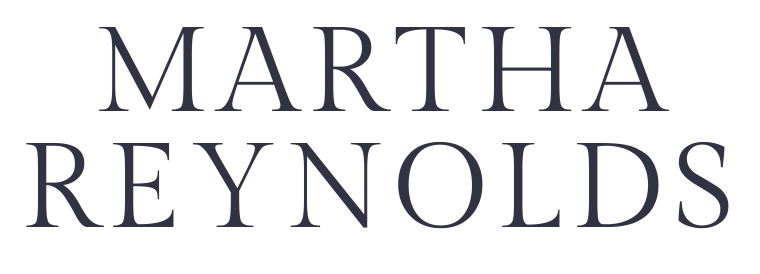#AtoZ Stay Home! Wear a Mask! "W" is for WOONSOCKET
It seemed appropriate this year to feature a theme that kept me close to home, so I give you my A to Z within the small acreage that is Rhode Island. I tried to be creative (you’ll see!) but I hope you learn something about Little Rhody, too. Whether you’ve lived here all your life, grew up within the boundaries, or have never set foot on one of our many beaches, come along for a virtual tour.
Bienvenue! We are in Woonsocket today, and while it might be a good exercise for me to write this post en français, I'd need to use the French-Canadian version of French to be authentic.
Before the European settlers arrived in Rhode Island, specifically northern Rhode Island, in the 17th century, the area known today as Woonsocket was inhabited by three Native American tribes: the Nipmuc, the Wampanoag, and the Narragansett.
So where did the name Woonsocket come from? It's likely derived from another Native word, maybe 'woonksechocksett,' meaning 'fox country,' or 'wannashowtuckqut,' meaning 'at the fork in the river.'
As the Industrial Revolution expanded along the banks of the Blackstone River, textile mills were built from Pawtucket to Woonsocket. In 1831, Edward Harris built his first textile mill in Woonsocket. But the actual town of Woonsocket wasn't established until 1867, when three villages in the area (Woonsocket Falls, Social, and Jenckesville) officially became Woonsocket. Three more industrial villages were added in 1871 (Hamlet, Bernon, and Globe), and Woonsocket incorporated as a city in 1888.
The influx of immigrants to the mills, primarily from Quebec and other areas of French-speaking Canada, bloomed the city. By 1913, Woonsocket had the sixth-largest population of French or French-Canadian foreign nationals in the country. By the Great Depression in 1929, ethnic French Canadians comprised 75 percent of the city's population. There were newspapers in French, radio programs, and if you strolled down Main Street, you'd likely hear French spoken.
The Depression had hurt the textile mills, but business revived at the outbreak of World War II. Woonsocket became a center of fabric manufacturing, for military uniforms and parachutes. If you're in the area, the Museum of Work and Culture is well worth your time. https://www.rihs.org/locations/museum-of-work-culture/




